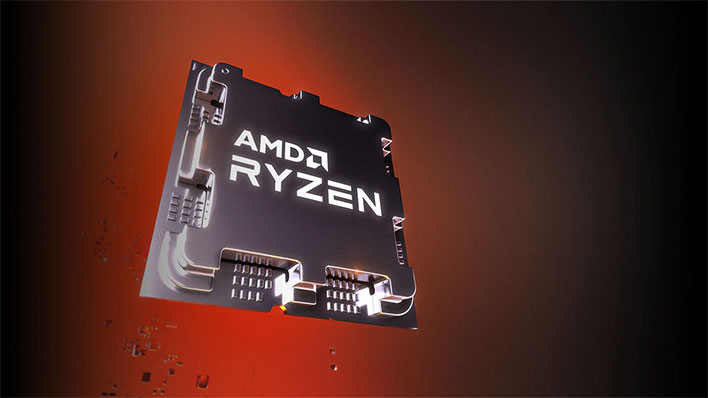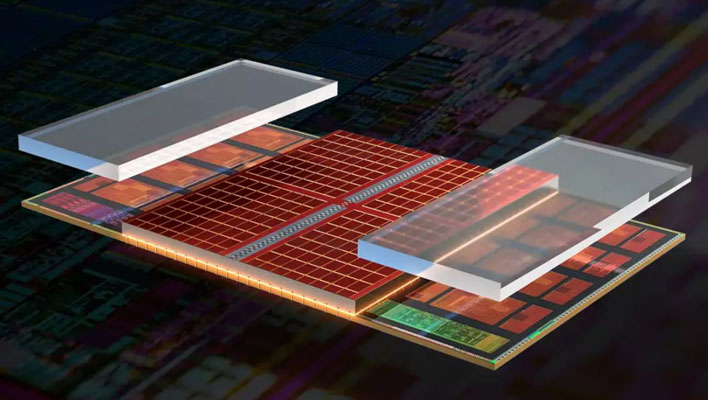AMD's CTO Had Surprising Comments On The State Of Intel's Moore's Law

Usually when the topic of Moore's Law comes up, it's either Intel extolling its continued relevance and focus (like Pat Gelsinger vowing to exhaust the periodic table to keep Moore's Law alive), or NVIDIA declaring it is dead as it did (again) just a few weeks ago. But where does AMD stand on the observation made by Intel's co-founder Gordon Moore so many years ago? Recent comments by AMD's chief technology officer, Mark Papermaster, answer that question.
Speaking to investors and members of the press during the Wells Fargo 6th Annual Media and Telecommunications Summit, Papermaster brought up Moore's Law in response to a question about AMD's roadmap, and specifically if the chip designer is thinking about "another novel approach to an architecture besides just chiplets."
"Well, the way I'd suggest that we all think about it is innovation always finds its way around barriers. And you've all heard many times Moore's Law is slowing down. Moore's Law is dead. What does that mean? It's not that there's not going to be exciting new transistor technologies," Papermaster said.
Just the opposite, Papermaster envisions "exciting new transistor" technologies keeping a version of Moore's Law alive and well for at least the next six to eight years. The caveat is that maintaining the pace that has been standard in the industry for so long and continuing to make advances in transistor technologies is becoming "more expensive" than it had been.
"You could double the density in every 18 to 24 months, but you'd stay at that same cost band. Well, that's not the case anymore. So, we're going to have innovations in transistor technology. We're going to have more density. We're going to have lower power, but it's going to cost more. So, how you put solutions together has to change," Papermaster added.

AMD EPYC 7003 Series CPU with 3D V-Cache
To his point, today's CPUs are far more complex and capable than even just a few short years ago, let alone when Moore made his famous observation nearly 60 years ago. More recently there has been a lot of attention paid to packaging and chip stacking technologies. This is true for both Intel (RibbonFET and Foveros) and AMD (3D V-cache and chiplets).
It's not just about shoving more and smaller transistors into the design of modern CPUs, but packaging as whole. To that end, Gelsinger recently talked about Moore foreseeing this day of "reckoning, where it would be necessary to build larger systems out of smaller functions to deliver customized heterogeneous solutions." It sounds like AMD and Papermaster are in agreement.
"There's a lot of innovation yet to go because it's going to be the new point of how solutions are put together. It used to be a motherboard and you put all these discrete elements in the motherboard. What will keep innovation going and will keep, I'll say, a Moore's Law equivalent, meaning that you continue to really double that capability every 18 to 24 months is the innovation around how the solution is put together," Papermaster said.
The comments are somewhat surprising in that AMD doesn't often bring up Moore's Law, especially on its own, as Papermaster did during the webcast. But it also makes sense. AMD has the same vested interest in pushing the market forward as Intel does, and has been making strides with the evolution of its Zen architecture.
Looking ahead, AMD has plans to shift over to 4nm and then 3nm, both within the next couple of years. We're also anticipating 3D V-cache finding its way onto more Ryzen processors starting with some of the additional Zen 4 SKUs that are around the corner.

